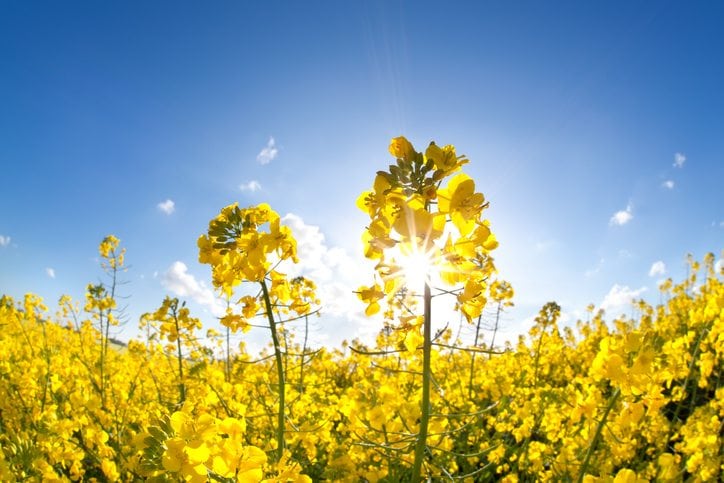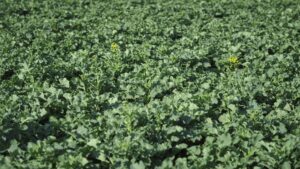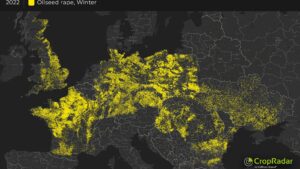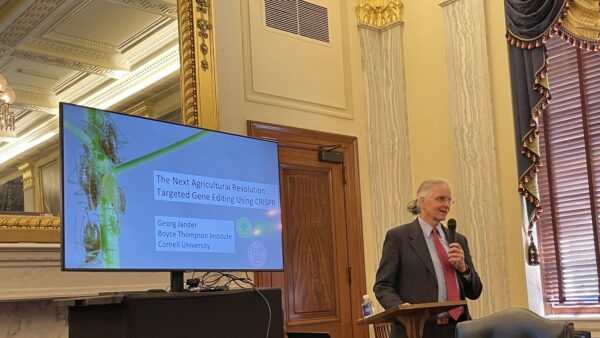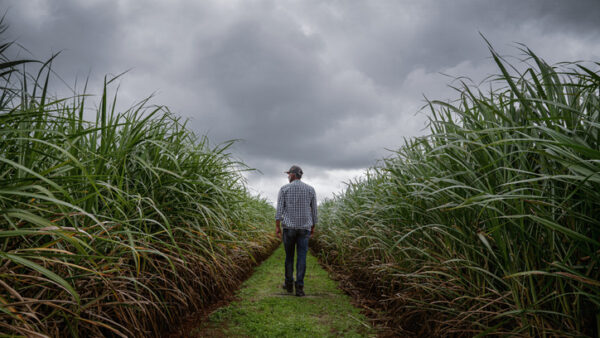The growth and development of the oilseed rape plant is a long and complex process. During the life cycle from sowing to harvesting, a plant can suffer from various stresses: abiotic stresses (water excess, frost, drought, alkalinity, and salinity); and biotic stresses (pest pressure in autumn and spring or diseases such as stem canker, Cylindrosporium, or Sclerotinia sclerotiorum). These stresses severely affect yield stability and restrict yield potential.
Therefore, the primary oilseed rape breeding objectives are tolerance to extreme environmental stress and enhanced disease resistance by considering the decrease of phytopharmaceutical treatments.
In addition, hybrid development in rapeseed aims at satisfying the requirements of manufacturers and consumers. That should combine good agronomic behaviours linked with the need for higher oil and protein content and the limitation of glucosinolates. That are all reasons to develop a great interest in rapeseed growing and development all over Europe.
Overall, the major goals always come down to yield increase, improved quality, and resilience to biotic and abiotic stresses.
To achieve these objectives, there are as many criteria to reckon with in varietal characteristics and breeding programs as antagonistic aspects that complicate the selection.
Most traits of interest for yield, quality, and diseases resistances have a complex polygenic basis. At Lidea, we use highly efficient selection tools to identify desirable genes for breeding while shortening the breeding cycle and widening genetic diversity. It is crucial to have a large experimental network to take into account the maximum number of situations encountered. High autumn insect pressure in France, recurring presence of Cylindrosporium in the United Kingdom, Phoma stem canker (blackleg), caused by Leptosphaeria maculans spreading throughout countries from France to Romania, all-pervading Sclerotinia sclerotium — all these and many other agricultural issues in rapeseed production are often resolved by methods that are far from being respectful to the environment. In an ever-changing situation, we must turn to more sustainable, genetic solutions.
To achieve transversality and varietal specificities in oilseed rape stretched our trial network across 12 European countries. It permits us to develop a breeding model that characterises climates and interaction between genotype and environment.


